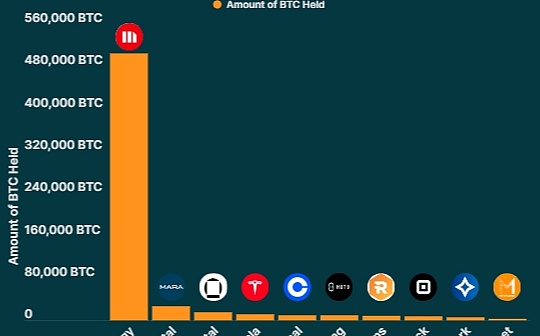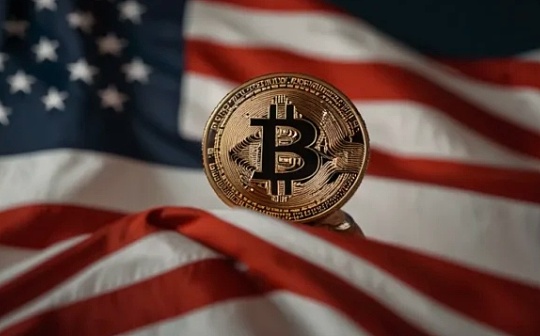The Return of Gold Standard – Rethinking the True Meaning of Stablecoins

Reprinted from jinse
04/09/2025·1MAuthor: William Campbell, USDKG Consulting Director, CoinTelegraph; Translated by: Deng Tong, Golden Finance
Stablecoins are hailed as a breakthrough in the cryptocurrency space, combining the lightning-fast, borderless nature of digital assets with the stability of traditional currencies. They do this by pegging their value to reserves such as fiat currencies or commodities. Stablecoins are designed to maintain a fixed exchange rate with underlying assets, usually one-to-one.
What does "stable" mean? In essence, stability requires three pillars:
-
Reliable collateral: tangible assets that support tokens.
-
Transparency: Anyone can independently verify the reserve's ability.
-
Consistent pegging maintenance: Strong safeguards to prevent decoupling, i.e., the market value of the stablecoin deviates from its fixed ratio to its underlying assets.
Without these basic elements, stablecoins are nothing more than speculative tools disguised as safe havens. In 2022 alone, when so-called “safe” stablecoins lose their peg, billions of dollars’ worth evaporated, meaning their market prices are far from the expected 1:1 ratio to the underlying assets – which raises an unsettling question: Can digital assets truly stabilize without proven, independently audited support?
Need a reliable asset-backed model
Recent market events have exposed serious fundamental weaknesses in privately issued stablecoins. These tokens often rely on opaque mechanisms, inadequate audit practices or collateral that investors cannot independently verify.
These flaws repeatedly lead to sudden "decoupling" events, such as the 2021 TITAN token crash at Iron Finance. The overly leveraged algorithmic system collapsed to near zero, erasing billions of dollars in liquidity.
TerraUSD's collapse in 2022 also highlighted a similar vulnerability, with the rapid collapse of the value of stablecoins, increasing doubts about algorithmic models lacking transparent reserves.
Meanwhile, partially collateralized and so-called "full audit" stablecoins are facing scrutiny due to inconsistent disclosure practices. Even well-known issuers must constantly prove that they are well-stocked and legal.
These problems stem primarily from underregulation by private issuers and vague collateral management practices. Investors often have limited means to independently verify reserves, which intensifies ongoing doubts about whether the support for statements is real or whether the tokens are properly collateralized.
Only models with tangible asset backing and verifiable reserve records can truly achieve the stability promised by digital assets. Through a transparent framework, we can rebuild trust and usher in a new era of reliable digital finance. These events underline a universal truth: true stability is created through auditable supervision and verifiable reserves, rather than empty brands.
Gold is the eternal anchor
For thousands of years, gold has been the ultimate store of value for mankind, protecting wealth in wars, economic collapses and epidemics. Its scarcity, intrinsic value and universal acceptance make it a shelter for institutions to stumble—as evidenced by the 2020 market crash, gold prices soared by 25% as investors fled volatile assets.
The value of gold goes beyond national boundaries and ideology and is built on tangible scarcity rather than empty promises. For example, although the US dollar has lost 96.8% of its purchasing power since 1913, gold's purchasing power has maintained and even increased. This record makes it an ideal anchor for seeking to maintain a stable digital asset in a turbulent cryptocurrency environment.
Critics of gold may point to its storage and storage costs, as well as logistics challenges for transporting gold bars in physical form. However, modern vault solutions and strong insurance measures have largely alleviated these concerns, especially when combined with blockchain-based audit mechanisms.
Gold-backed stablecoins take advantage of this timeless reliability, combining the lasting value of physical gold with the efficiency of blockchain. By connecting digital tokens directly with physical gold, they avoid speculative risks of cryptocurrencies and inflation traps of government-issued currencies.
Blockchain-backed gold tokenization
Blockchain technology eliminates traditional barriers to gold ownership by enabling partial digital ownership and unintermediated global transactions.
The physical gold stored in the regulated vault is digitized into tokens, each of which represents the precise portion of the underlying asset. Each transaction is unchangeably recorded on a decentralized ledger, enabling investors to continuously check reserves in real time through automated smart contracts.
The system overcomes the historical limitations of gold, including insufficient liquidity and high storage costs, while eliminating the opacity of traditional reserve management. The system combines the tangible security of gold with the unchangeable record preservation of blockchains, and also incorporates trust directly into the architecture.
This approach creates a stablecoin model that is different from any other approach, where verifiable support is the backbone of the system, not just a promise on paper.
Create stablecoins that truly provide stability
Gold-backed stablecoins combine the inherent responsibility of blockchain with the stability of gold to establish a new digital asset class that is volatile. The model anchors digital tokens to the intrinsic value of gold, avoiding the volatility of speculative cryptocurrencies and the inflationary risks of government-issued currencies.
The result is a stablecoin designed for trust, whose stability is not promised by code or institution – it is supported by tangible scarcity and the firm transparency of blockchain.
Trust is the cornerstone
The main challenge facing stablecoins is building user trust. This trust cannot be built solely on the reputation of the company. It must be obtained through independent verifiable collateral, real-time audits and clear regulatory oversight.
An innovative hybrid model effectively demonstrates this approach. The government strictly regulates and audits gold reserves in a hybrid model to maintain verifiable 1:1 support. Private entities handle token issuance, trading and compliance processes, carefully separating the national verification of collateral from the private management of operational functions.
This public-private partnership ensures strict oversight without the need to create a central bank digital currency. As they share the responsibility, the model builds a system where governments guarantee authenticity and collateral integrity, while private enterprises are responsible for operational efficiency, ensuring a balanced, dispersed but trustworthy environment.
Moving towards a more trustworthy digital finance ecosystem
The true stability of digital finance does not come from marketing slogans, but from transparent mechanisms and verifiable collateral.
The future of digital finance lies in combining the revolutionary transparency of blockchain with the stability of gold 's historically provenance, especially under government audits and private management structures. As more asset-backed solutions emerge, institutions, regulators and daily users will adopt stablecoins that transparently fulfill their stability commitments.
This evolution marks a key shift. Investors will no longer accept vague assurances. Investors require specific stability. The gold-backed stablecoins combine ancient reliability with blockchain innovations to lead the next generation of digital financial tools to ensure that stablecoins fulfill their initial commitments – uncompromising stability.





 chaincatcher
chaincatcher